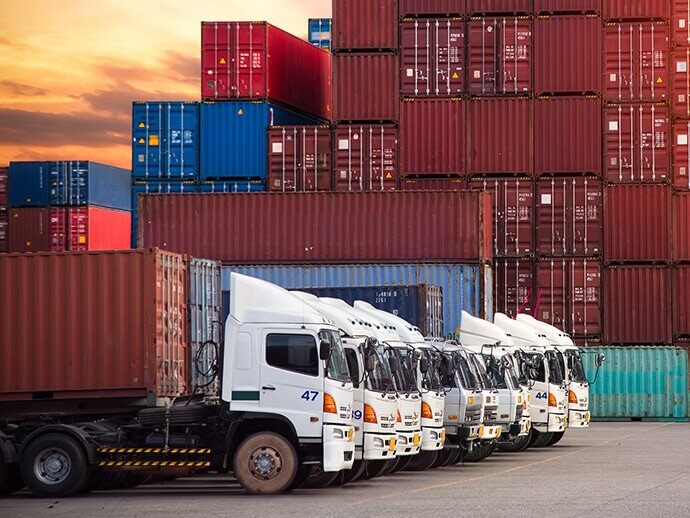
Unraveling the Differences: Ocean Bill of Lading vs. US Domestic Truck Bill of Lading
In the realm of shipping and logistics, understanding the different types of documentation, particularly Bills of Lading (BoL), is crucial. Two common types are the Ocean Bill of Lading and the US Domestic Truck Bill of Lading, each serving distinct purposes in their respective transport modes.
An Ocean Bill of Lading is used in sea freight shipping. This document serves three critical functions: it acts as a receipt for the cargo, provides evidence of the contract of carriage, and can also act as a document of title, which means it can confer ownership of the goods. This last function is particularly important when goods are sold “on the water,” i.e., while in transit.
Key information on an Ocean BoL includes the shipper and consignee’s names, the vessel’s name, a description of the cargo, the port of loading, and the destination port. Because ocean freight often involves international trade, Ocean BoLs also need to comply with various international regulations and conventions.
On the other hand, a US Domestic Truck Bill of Lading is used in over-the-road freight transportation within the United States. Like an Ocean BoL, it serves as a receipt for goods and evidence of the contract of carriage. However, it doesn’t typically act as a document of title as ownership of goods doesn’t usually change hands while in transit domestically.
A Truck BoL includes details such as the pickup and delivery locations, description of the cargo, weight, and freight charges. It’s primarily governed by U.S. federal and state laws and is designed to facilitate domestic trade.
In essence, while both types of BoLs share similar fundamental purposes, the difference lies in their specific uses—Ocean BoL for sea freight and often international trade, and Truck BoL for domestic over-the-road transportation. Understanding these differences is key to ensuring the seamless and legal transport of goods.
